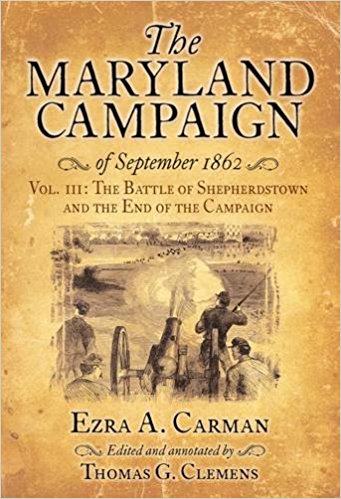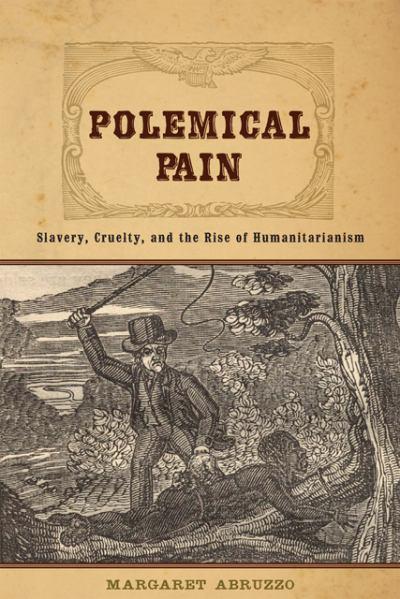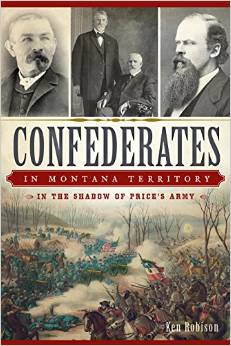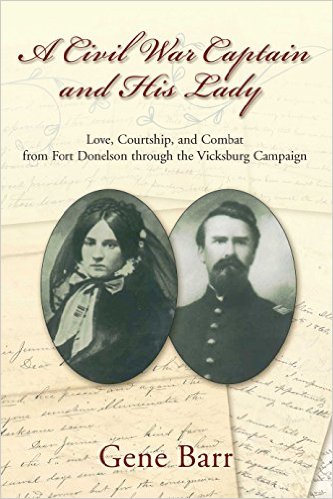The Maryland Campaign of September 1862: Vol. III: The Battle of Shepherdstown and the End of the Campaign by Ezra A. Carman and edited by Thomas Clemens. Savas Beatie, 2017. Cloth, ISBN: 978-1611213027. $32.95.
 In the Civil War’s aftermath, countless veterans recorded their thoughts on the conflict in personal reminiscences, regimental histories, and articles. While those veteran authors hoped their writings would have a significant impact on how future generations interpreted the conflict, only a small percentage of veterans cast a long shadow over how we understand the Civil War in modern times. Among those postwar giants who continue to influence our understanding of the conflict is Ezra Carman. A native of New Jersey, a veteran of twenty-three battles, an officer in the 7th and 13th New Jersey regiments, and chairman of the Chickamauga-Chattanooga Battlefield Park Commission, Carman is best known for his efforts to preserve and interpret one of the conflict’s most significant episodes—the 1862 Maryland Campaign.
In the Civil War’s aftermath, countless veterans recorded their thoughts on the conflict in personal reminiscences, regimental histories, and articles. While those veteran authors hoped their writings would have a significant impact on how future generations interpreted the conflict, only a small percentage of veterans cast a long shadow over how we understand the Civil War in modern times. Among those postwar giants who continue to influence our understanding of the conflict is Ezra Carman. A native of New Jersey, a veteran of twenty-three battles, an officer in the 7th and 13th New Jersey regiments, and chairman of the Chickamauga-Chattanooga Battlefield Park Commission, Carman is best known for his efforts to preserve and interpret one of the conflict’s most significant episodes—the 1862 Maryland Campaign.
Within weeks, Carman began collecting information about the campaign. His interest in the battles of South Mountain, Antietam, and Shepherdstown eventually led him to be branded the historian of the Antietam Board in the mid-1890s. In that capacity, Carman played a significant role in identifying troop positions; he also supervised the writing of more than 200 historical markers that still dot the Maryland landscape.
Carman’s manuscript, The Maryland Campaign, was a resource heavily utilized by scholars, but it did not appear in a published format until 2008, when Routledge released a version edited by Joseph Pierro. Two years after Pierro’s volume appeared, historian Thomas G. Clemens—one of the foremost experts on the 1862 Maryland Campaign—ventured to present an even more in-depth edited and annotated version of Carman’s manuscript. Unlike Pierro’s version, Clemens’ edition presents Carman’s exceedingly lengthy study in three manageable volumes. Clemens’ first volume appeared in 2010, with the second following two years later. Now, seven years after the release of the first volume, Clemens has completed his trilogy with this splendidly crafted and thoughtfully edited book.
Carman’s third volume focuses largely on what happened after the bloodiest single day in American history. In addition to providing a detailed account of the fighting at Shepherdstown (Boteler’s Ford), Carman also provides a detailed, statistical accounting of the campaign’s toll, which includes casualties suffered by both Union and Confederate forces from the melee at Poolesville, Maryland, on September 5, 1862, through the fighting at Shepherdstown two weeks later.
The centerpiece of this final volume in Clemens’ Carman trilogy is Carman’s examination of the campaign’s results. Carman not only offers critical assessments of Lee’s generalship (an assessment informed by Confederate sources), but also shows how the campaign, though it became the impetus for President Abraham Lincoln to issue his preliminary Emancipation Proclamation, proved a great “disappointment” to the president (29).
The elements of Carman’s manuscript contained in Clemens’ third volume likewise address such important topics as the level of affection the Army of the Potomac possessed for McClellan after the campaign. Carman freely admits that while the Union veterans of the 1862 Maryland Campaign loved McClellan, “they loved the President more” (37). Carman also explores the Union army’s reaction to the Emancipation Proclamation, as well as issues in the high command of the Union army preceding the campaign.
While Carman’s manuscript is a valuable resource, this volume’s significance is magnified by Clemens’ careful editorial hand. At times, Clemens’ footnotes are as fascinating as Carman’s text. Clemens not only offers simple explanatory notes, but also seizes the opportunity to delve into Carman’s mind—to help explain why he included particular elements in his magisterial study. For example, in his chapter “The Results of the Maryland Campaign,” Carman included three pieces of correspondence between British Prime Minister Lord Palmerston and Foreign Secretary Lord Russell, which dealt with Great Britain’s recognition of the Confederacy. Although Carman offers no explanation for the inclusion of these documents, Clemens astutely argues that the author placed them in the manuscript as a means of “implying that the [Emancipation] Proclamation thwarted this recognition” from Britain (26).
In addition to providing extensive commentary on Carman’s manuscript throughout this magnificent volume, Clemens includes an exhaustive biographical dictionary at the book’s end. It provides background on the approximately 1,500 individuals Carman mentions throughout the series’ three volumes, or on individuals who aided Carman in some manner during the writing process. While some of the names included in the biographical dictionary—Edward Porter Alexander, Nathaniel Prentiss Banks, and Jed Hotchkiss—are well known to Civil War historians, it is the inclusion of lesser-known figures that enhances this book’s value and rescues individuals from obscurity. These veterans, forgotten until now, proved the crucial building blocks upon which Carman’s study was constructed. Among the more fascinating figures Clemens highlights in this section is John P. Beech, a veteran of the 4th New Jersey, who was awarded the Medal of Honor for bravery at Spotsylvania Court House. Beech was one among many Union veterans who submitted letters and other material to aid Carman and the Antietam Board in its mission.
Clemens’ thoughtfully edited volume, enhanced by excellent maps, is an essential published primary source for anyone interested in the 1862 Maryland Campaign, its effects, or the Union high command during the late summer and early autumn of 1862.
Jonathan A. Noyalas, the author or editor of eleven books on Civil War era history, is the director of the McCormick Civil War Institute at Shenandoah University, where he also teaches courses in Civil War era studies.




